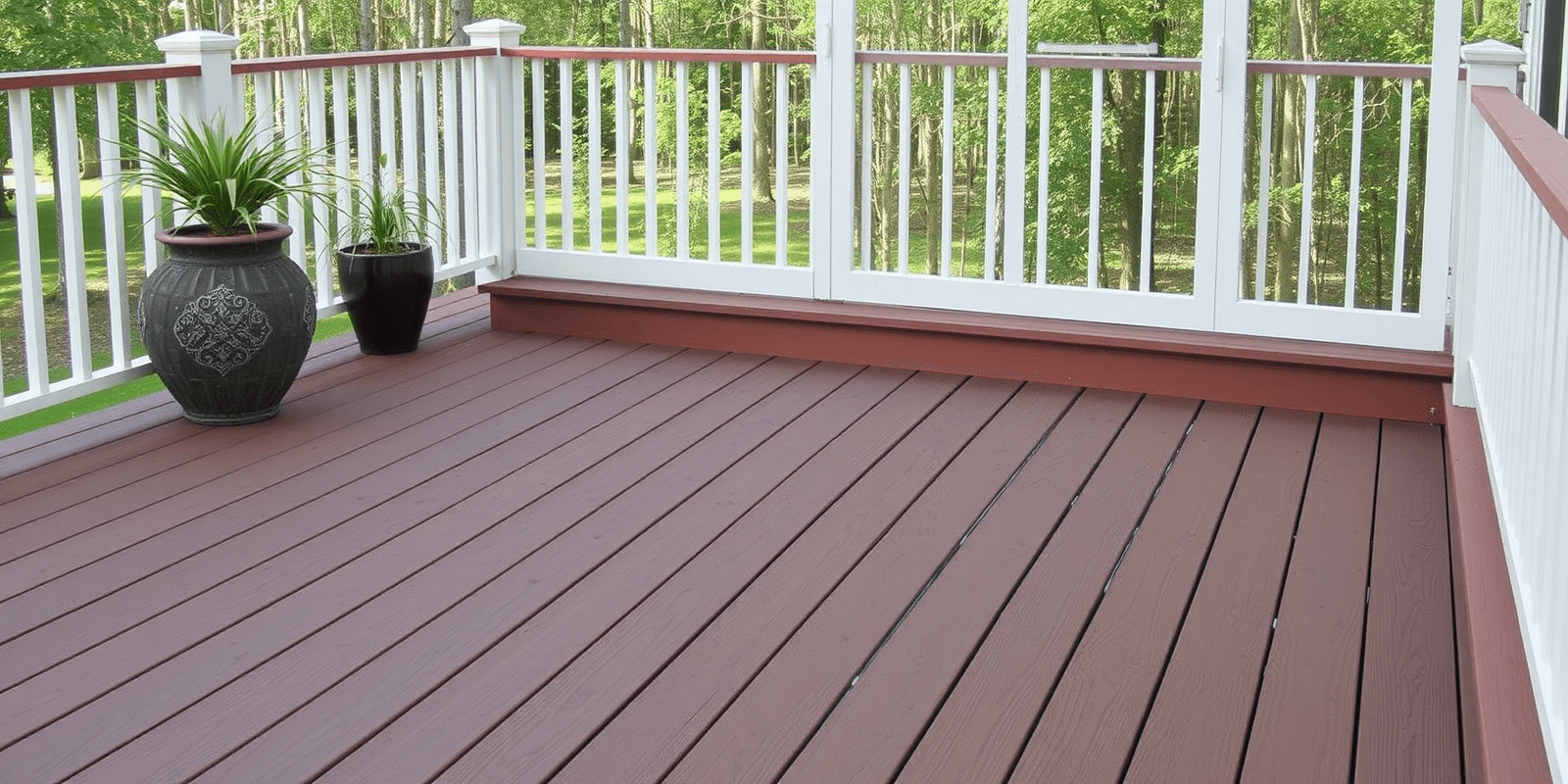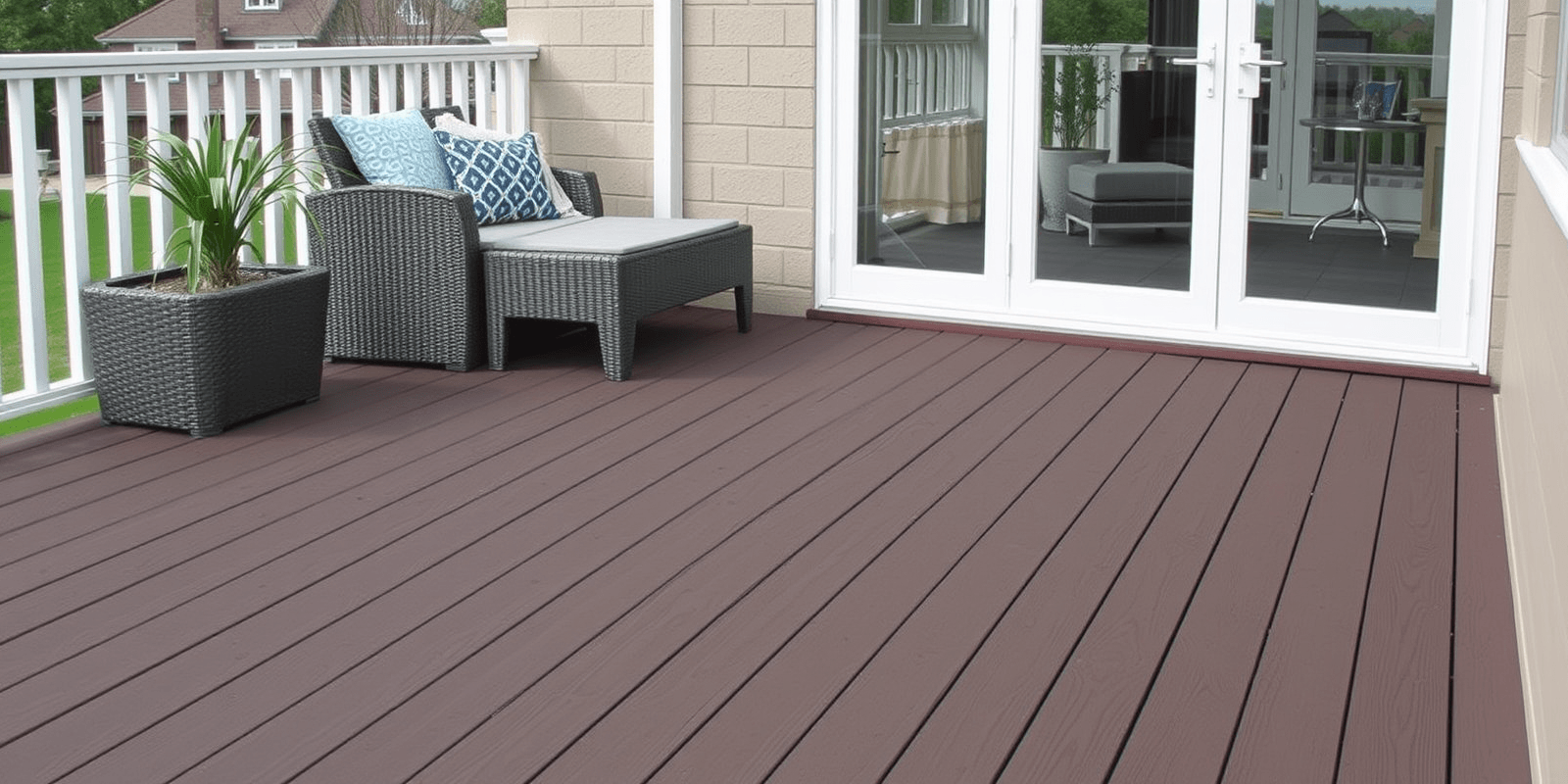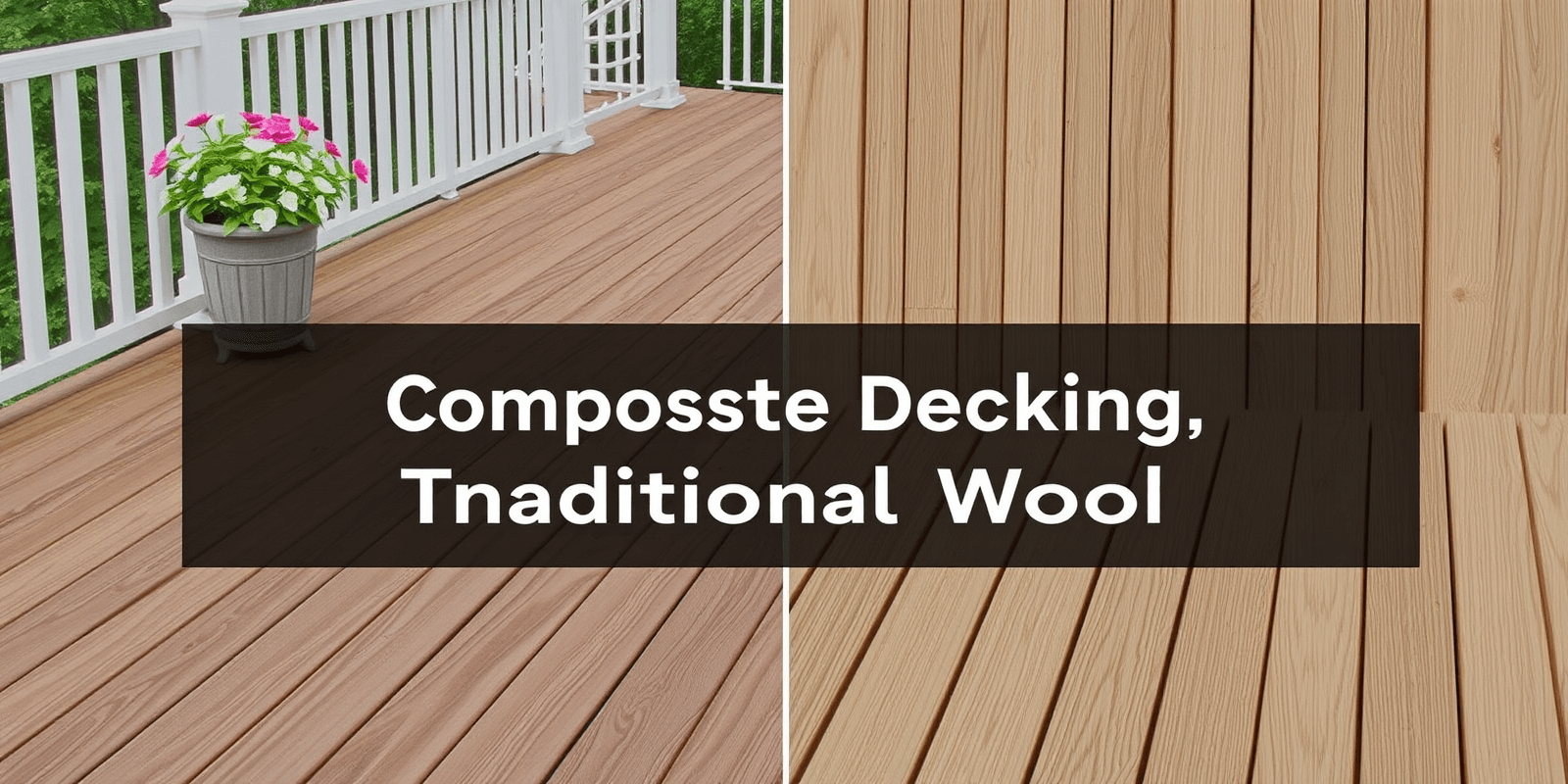“`html
Composite Decking: An Eco-Friendly Alternative to Wood
As the world becomes increasingly aware of environmental issues, consumers are seeking sustainable alternatives in all aspects of their lives, including home improvement projects. Composite decking has emerged as an innovative solution that offers numerous benefits over traditional wooden decks. This article explores how composite decking, with its use of recycled materials and reduced need for chemical treatments, presents a more environmentally friendly option for outdoor living spaces.
What is Composite Decking Made Of?
Composite decking is a blend of plastic (often recycled) and wood fibers, creating a material that is both durable and environmentally conscious. Unlike traditional wood, which requires constant maintenance and replacement due to wear and tear from weather and pests, composite decking is designed to last longer and require less upkeep. This longevity reduces the demand for new resources and minimizes waste, aligning perfectly with the principles of sustainability.
The Use of Recycled Materials
One of the most compelling eco-friendly aspects of composite decking is its reliance on recycled materials. Many manufacturers use post-consumer plastics like milk jugs and detergent bottles, as well as reclaimed wood fibers, to create composite boards. This not only diverts waste from landfills but also reduces the extraction of virgin raw materials. By choosing composite decking, homeowners contribute to reducing the carbon footprint associated with the production of building materials.
Reduced Need for Chemical Treatments
Wooden decks often require regular applications of sealants, stains, and preservatives to protect them from moisture, insects, and rot. These chemicals can be harmful to the environment, leaching into soil and waterways. In contrast, composite decking is naturally resistant to moisture, mold, and pests, reducing or eliminating the need for chemical treatments. This inherent durability means less exposure to potentially harmful substances, benefiting both the environment and human health.
Long-Term Environmental Impact
The environmental advantages of composite decking extend beyond its initial construction. Because composite materials are highly resistant to weathering and decay, they require fewer replacements over time. This extended lifespan translates into a lower overall environmental impact compared to wood, which needs frequent maintenance and eventual replacement. Moreover, composite decking can be recycled at the end of its life, further minimizing waste and conserving resources.
Conclusion
Composite decking stands out as a superior choice for those looking to enhance their outdoor spaces while minimizing their ecological footprint. Its composition from recycled materials and reduced need for chemical treatments make it a compelling alternative to traditional wood decking. As awareness of environmental issues grows, the adoption of composite decking can play a significant role in promoting sustainability in home improvement projects.
References
“`



